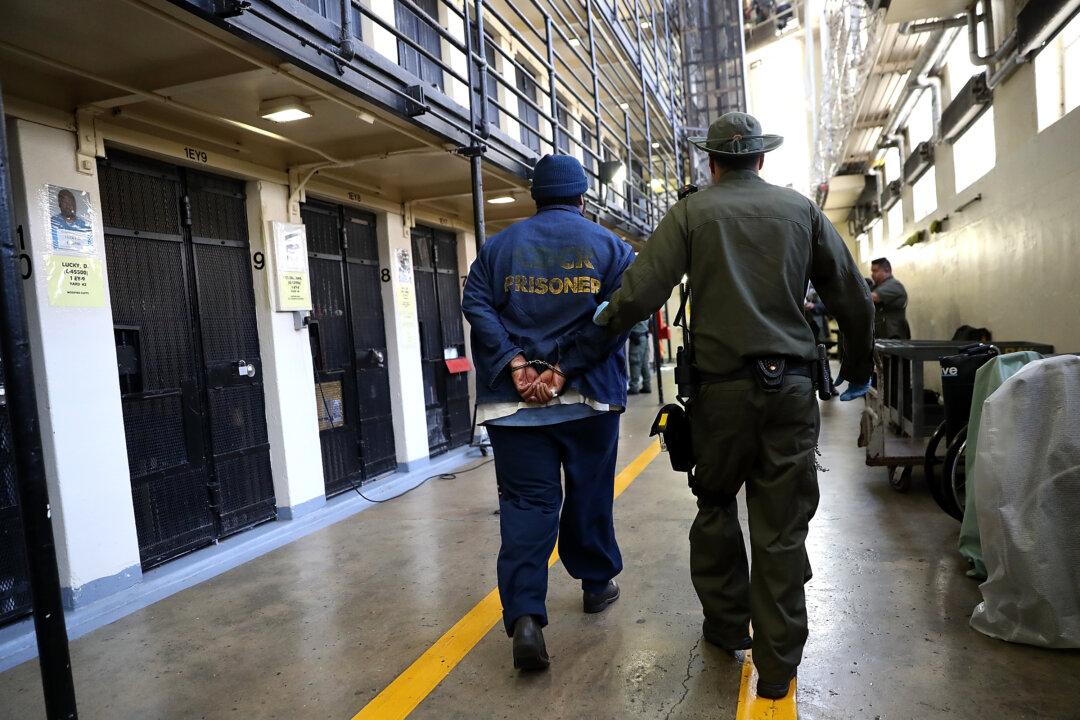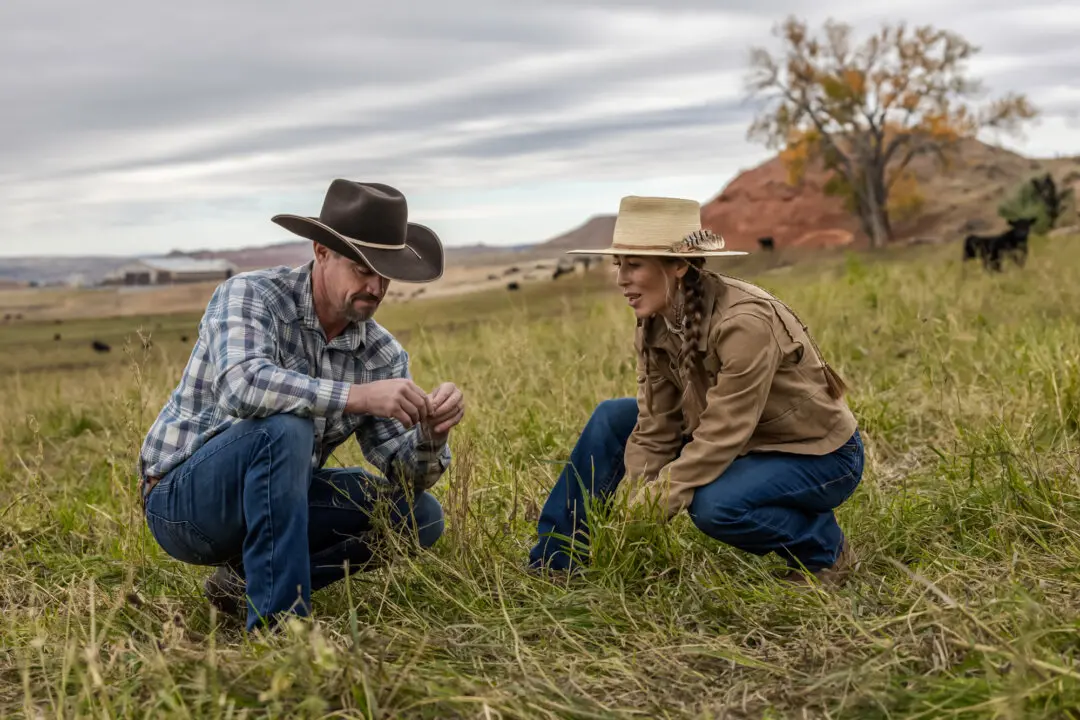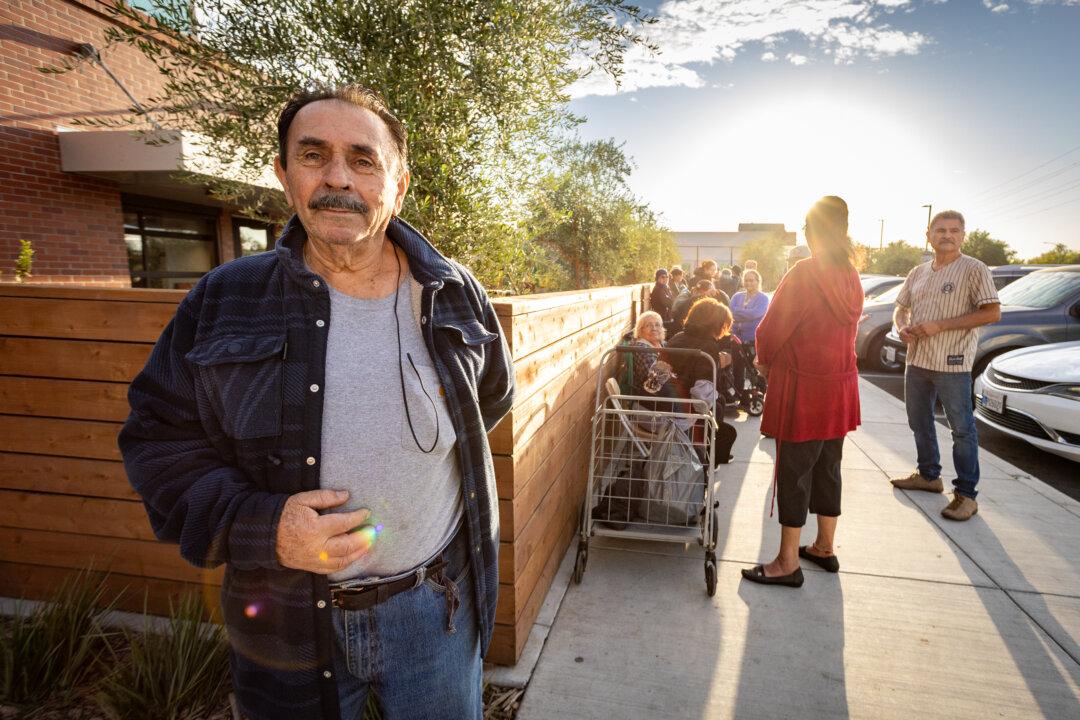Gov. Gavin Newsom on April 16 welcomed a delegation from Norway to announce a collaborative agreement between the two governments focused on progressive climate policy. But a tour of San Quentin Rehabilitation Center came first.
After touring the state’s oldest prison—which the governor has made a blueprint for California’s reform efforts, modeled on Norway’s corrections system—the delegations held a press conference at nearby Larkspur Ferry Terminal.





